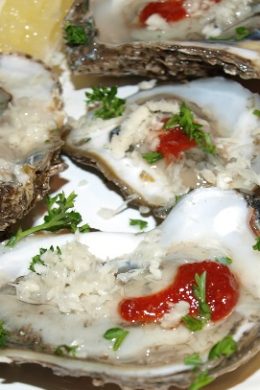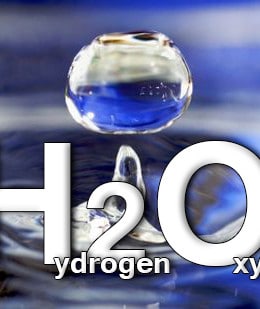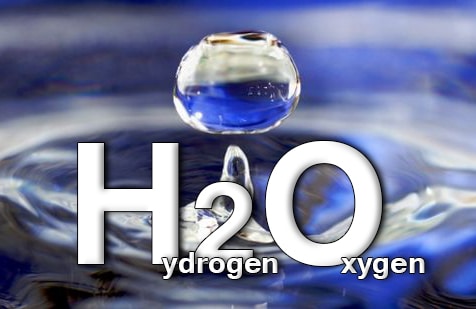We are starting a line of articles in our Seafood World blog, through which once again we want to refresh our knowledge about the water and the life in it. Our articles are interesting and at the same time very informative. They can be the logical continuation of the previous article or can not to be. Each post individually has its own sense, meaning, determination. These articles include scientific facts about the subject, course or themes.
Our planet earth’s 2/3 is water; our body’s 2/3 is water. Isn’t it interesting?
By its structure and design, the water is the most interesting in our environment. It has a unique role in our life. The water is the basics of the life. Wherever the water is, the life is too.
Our articles are informative. But repeating all known facts again and again, I think, is not a bad thing.
For example: what is the water’s structure? It is H2O. The water is the oxide of hydrogen. It has 2 atoms of hydrogen and 1 atom of oxygen. And how it happened that from hydrogen we’ve got the water?
In 1776 Cavendish was the first one who separated and researched the hydrogen. As the result of detonating the separated gas (which he called the burning air) and the blend of air, he’s got water.
In 1787 Lavoisier classified “the burning gas” as a chemical element and called it “hydrogen”(hydro-genium)(water-generator).
In 1803 the weight of hydrogen was announced as one “unit” in the first chart of the relative weights.
The hydrogen is the most popular element in the universe. The half of the weights of the stars and the sun (plasma) is hydrogen, also the 84% of the sun’s atmosphere and the most of the interstellar environment and haziness. In the bosom of the stars, the kernels of atoms of helium are being synthesized from the kernels of atoms of hydrogen and enormous energy is being generated.
As the earth’s 2/3 is water, we would imagine that hydrogen on the earth should be a lot too. But there is only 0.15% hydrogen in the crustal (the shell) of the earth (by the weight) , and on the surface is only 1%. The atom of the hydrogen is the simplest: 1 kernel and 1 electron. The hydrogen gas has no smell and no taste. (It is interesting that it gives a birth to water, but is dissolving very difficult in the water). It is the most light weight gas from all the known gas elements. It is 14.4 times lighter than the air. It melts under -259.1 Celsius, and boils under -252.6 Celsius. It can be liquid or hard too. Under -253 Celsius it is very light (70.8 kg/m3), plain, movable liquid. The hard hydrogen is a crystalline with the density of 88kg/m3. Usually hydrogen is being generated from burning natural gases. The hydrogen is mostly being used for the synthesis of ammonia. It is being used for Acids and bases, rocket fuel, petroleum and other materials. Hydrogen-Oxygen burners are being used to melt and cut metals.
Here are some short preliminary information, that , in my opinion could interest even non specialists.
To be continued …
You may also like these posts:
 Raw Oysters
Raw Oysters Mussels
Mussels Water part 2
Water part 2 


